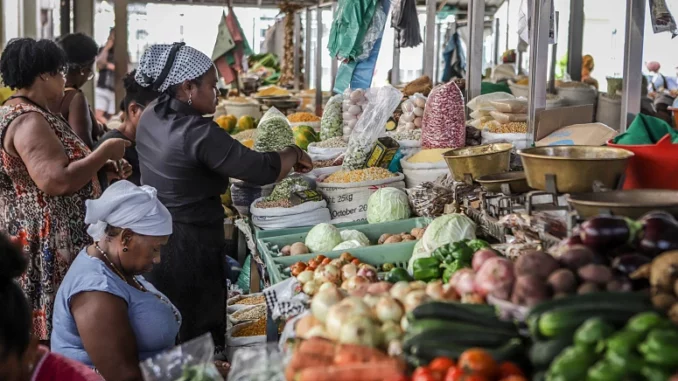
Cape Verde’s National Statistics Institute (INE) reported on October 1 that the country’s GDP per capita, representing the total wealth produced per inhabitant in a year, increased by 7% between 2015 and 2021.
According to the INE’s statement on GDP distribution by island, “Cape Verde’s GDP per capita rose from 353,883 escudos in 2015 to 379,408 escudos in 2021,” equivalent to a jump from 3,209 euros to 3,440 euros per inhabitant. This growth outpaced the overall trend in sub-Saharan Africa, where, according to the World Bank, there has been no per capita growth since 2015. The region has experienced a contraction averaging 0.1% annually per inhabitant from 2015 to 2025.
However, the World Bank warned earlier this year that economic growth per capita in Cape Verde could stagnate, with benefits potentially limited to wealthier families due to rising food prices and inflation.
The INE bulletin also highlighted that the islands of Santiago, São Vicente, and Sal contributed the most to Cape Verde’s GDP from 2015 to 2021, with shares of 52.9%, 18.5%, and 10.5%, respectively. In contrast, São Nicolau, Maio, and Brava had the lowest contributions, with 1.9%, 1.2%, and 0.8%.
Cape Verde’s GDP took a sharp hit in 2020, contracting by 20.8% due to the impact of the COVID-19 pandemic. However, it rebounded in the following years, growing by 7% in 2021, 15.8% in 2022, and an estimated 5.1% in 2023.
